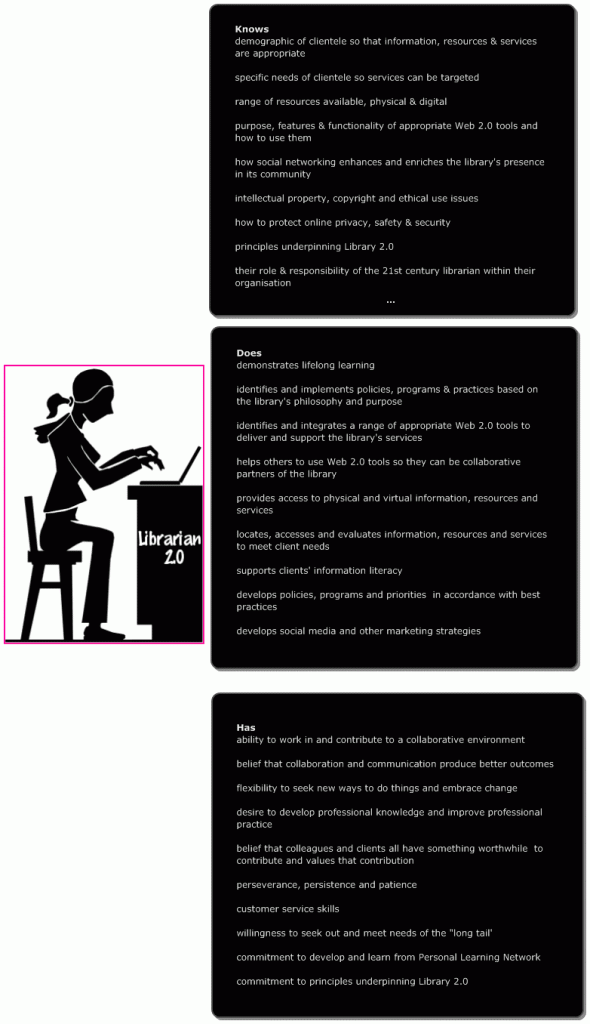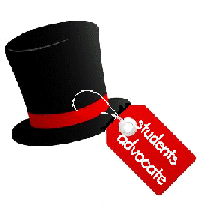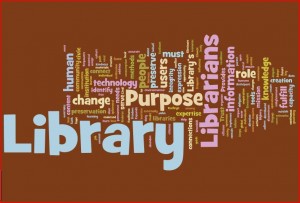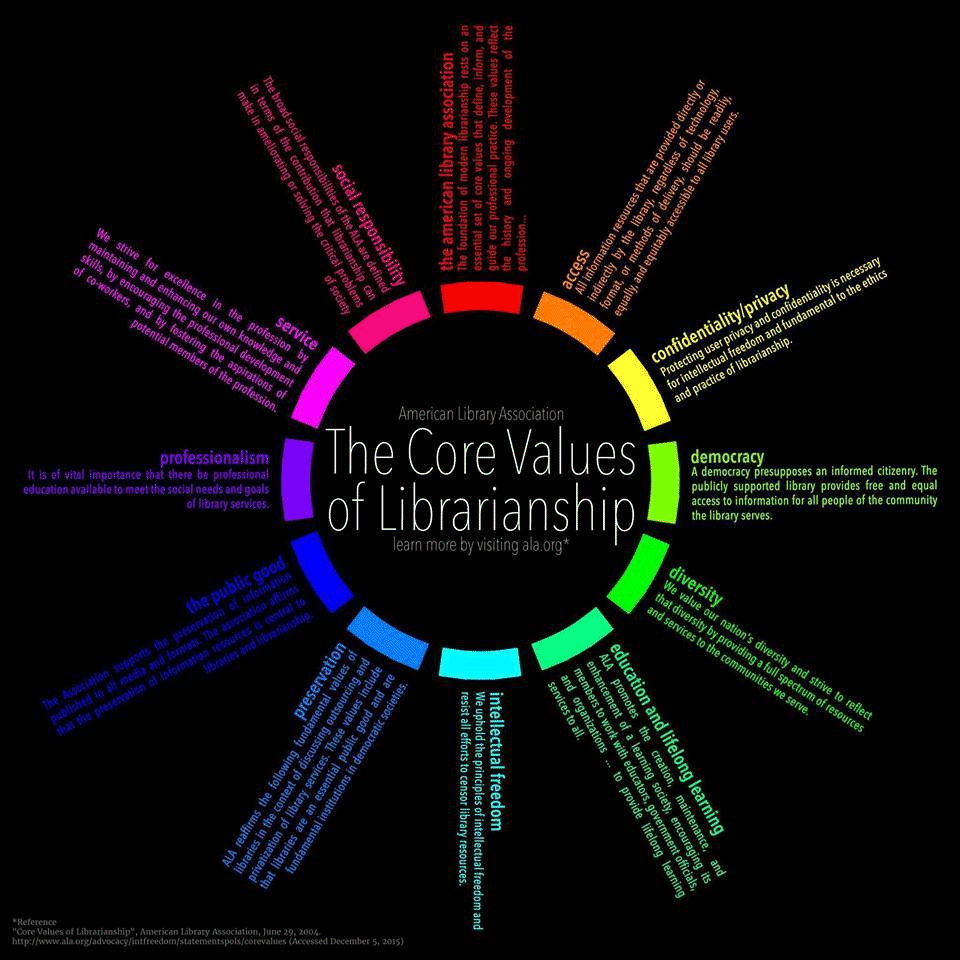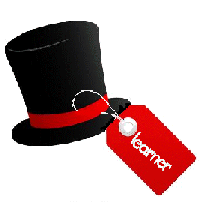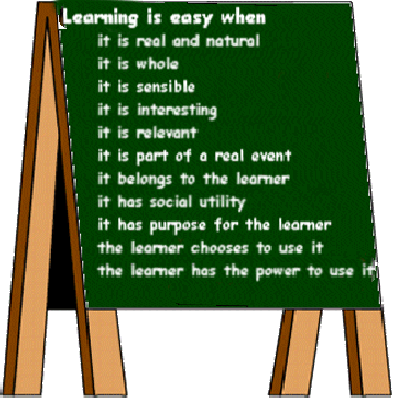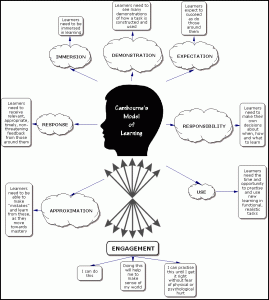Every now and then there is a challenge to encapsulate the role of the TL into six or seven words, and I always respond with
curriculum leader
information specialist
information services manager
I learned way these terms back when from Learning for the Future (2nd edition) (ASLA & ALIA, 2001) and they still hold true today.
I believe that that sums up what we do so succinctly and is timeless. Regardless of any changes such as a name change of the space, the new horizons opened by technology, new curricula or in-vogue pedagogy, those three roles remain our core business.
For me, the hat that fits most snugly is that of curriculum leader for that is the one that puts the teacher in teacher librarian. I’ve been working with a colleague developing a new Library Development Plan, in particular aligning it to the school’s development plan, and almost every proposal came back to putting on the curriculum leader’s hat.
The nature of the role means it is the TL who has the best overview of the entire curriculum being designed and delivered in the school, sees how it all interweaves and locks together and through collaborative planning and teaching, can embed the information literacy process into it so there is connected, meaningful learning for the students.
The rollout of the strands of the Australian National Curriculum across the country is an exciting time for TLs because not only does it give them the perfect opportunity to shine but they are the ones with the birds-eye view who can pull together the old and the new so the transition is smooth; identify the connects and disconnects so learning is cohesive and coherent; and support staff and students through the provision of the most relevant resources.
In a school I once had the privilege to teach at, the curriculum only had two strands – investigation and communication. Everything fell under one umbrella or the other – we were either learning about something or we were sharing what we had learned. As the TL, I held the ends of both strands.
Investigation is based on research. Regardless of the depth required to solve the information need, the skills of research are an essential and those skills are based on information literacy -the ability to identify an information need, locate appropriate resources to solve it, then reading, evaluating and interpreting what is found to create a satisfactory solution.
If, as Mike Eisenberg says, information literacy is “the most basics of basics”, then who better than the teacher who has information literacy as their specialist subject to lead its embedding as an across-curriculum perspective? To teach the teachers as well as the students? To lay the foundations of a scaffold that will support that platform of lifelong learning that is the stated outcome of Australian education for K-12?
Communication is based on talking, listening, reading, writing, viewing and performing so who better than the teacher who has the whole curriculum as their specialty to support the development of the essential skills? To provide leadership in curriculum planning so these are to the fore? To collaboratively plan and teach with teachers so opportunities are explored and exploited.? To provide a range of resources to make the design, delivery and assessment of the curriculum seamless?
ICT stands for information communication technologies so who better than the information and communication specialist to be the leader in the introduction and implementation of new ways to do old things? To encourage teachers to pose problems that cannot be answered through copy-and-paste and a few mouse clicks? To ensure that ideas, information and images are used ethically? To understand the potholes and pitfalls that exist in the online world and help staff and students navigate them safely, managing their digital footprints responsibly?
The TL is also the person who sees every student in the school, often at least once a week, so who better to tap into that long tail of students who don’t see the library as meeting their needs and addressing their concerns? Who, with a reasonable budget, a knowledge of the collection, and the ability to search effectively and efficiently, can better respond to students needs at the point of need?
If we are to ‘future-proof’ our positions, then it is essential that we promote the teacher part of teacher librarian.


